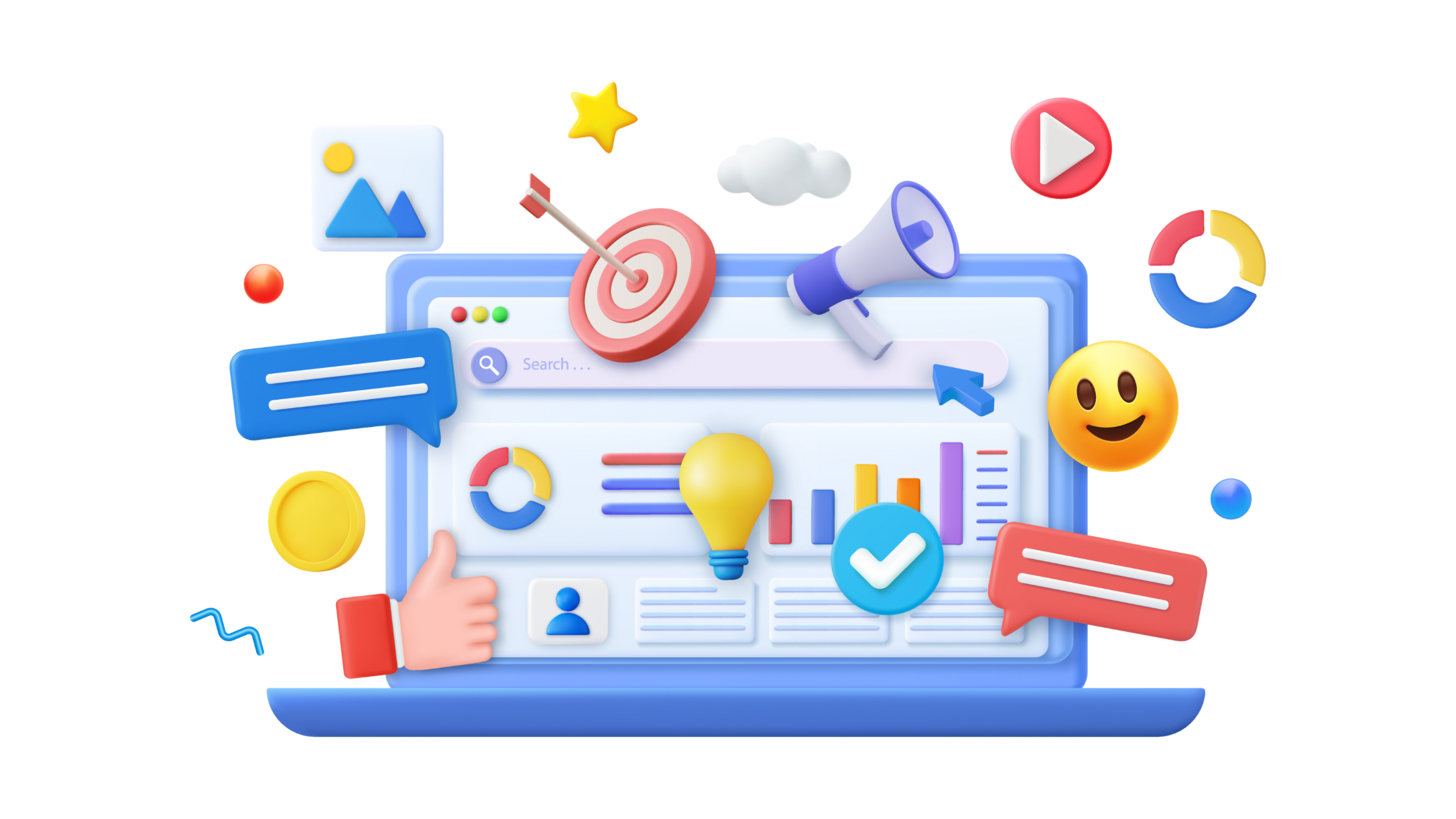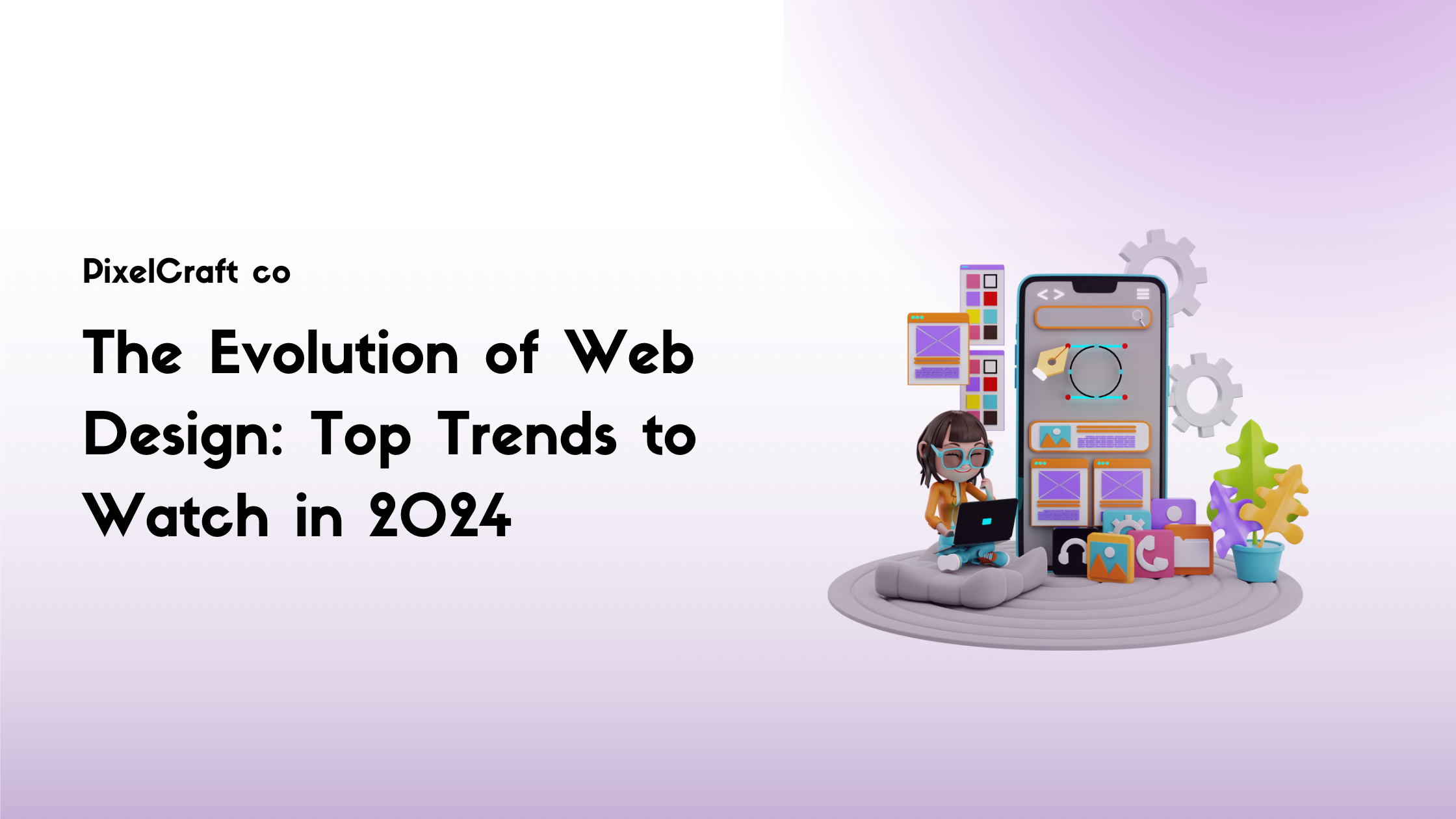The web design landscape is constantly evolving, driven by technological advancements, changing user behaviors, and emerging design trends. As we navigate this ever-changing digital landscape, it's essential to stay informed about the latest developments that shape the way we design and interact with websites. With the rapid growth of mobile device usage and the increasing demand for seamless, multi-platform experiences, designers are compelled to rethink their strategies to ensure accessibility and functionality across a variety of devices and screen sizes.
In recent years, we've witnessed significant shifts in web design, from the rise of responsive design to the adoption of artificial intelligence-powered interfaces. Responsive design has become a foundational principle, allowing websites to automatically adjust their layout and content based on the user's device, ensuring an optimal viewing experience regardless of screen size. This trend is complemented by the growing emphasis on performance, as slow-loading sites are quickly abandoned by users, prompting designers to prioritize speed and efficiency.
Artificial intelligence is also making a notable impact on web design. By incorporating machine learning algorithms, designers can create personalized experiences that adapt based on user behavior and preferences. AI-powered chatbots and virtual assistants enhance user interaction by providing real-time support, making websites more intuitive and user-friendly. These advancements have not only improved user experience but also transformed the way businesses approach their online presence, enabling them to engage customers with tailored content and services that meet their specific needs.
Moreover, the use of immersive technologies such as augmented reality (AR) and virtual reality (VR) is on the rise, offering innovative ways to showcase products and services. Many companies are integrating AR features into their e-commerce platforms, allowing users to visualize products in their own environment before making a purchase. This shift not only enhances user engagement but also helps reduce return rates, ultimately benefiting businesses.

In addition to these technological innovations, the aesthetics of web design are also evolving. Minimalistic design with bold typography, vibrant color palettes, and dynamic visuals are gaining popularity, as they cater to the modern user's preference for clean, engaging interfaces. Dark mode features, which provide a more comfortable viewing experience in low-light environments, are also becoming standard across many platforms.
Another important trend is the increasing focus on accessibility. Designers are actively striving to create websites that cater to all users, including those with disabilities. This includes implementing features such as keyboard navigation, alt text for images, and contrast adjustments to ensure that everyone can access and enjoy content without barriers.
In this article, we'll explore the current state of web design, highlighting the top trends and technologies that will shape the industry in the coming years. As we delve deeper into the trends of 2024 and beyond, we'll examine how the integration of voice search optimization, the importance of sustainability in design, and the continued evolution of content management systems will define the future of digital experiences. Staying ahead of these trends is vital for designers, developers, and businesses alike, as the digital landscape continues to transform at an unprecedented pace.


